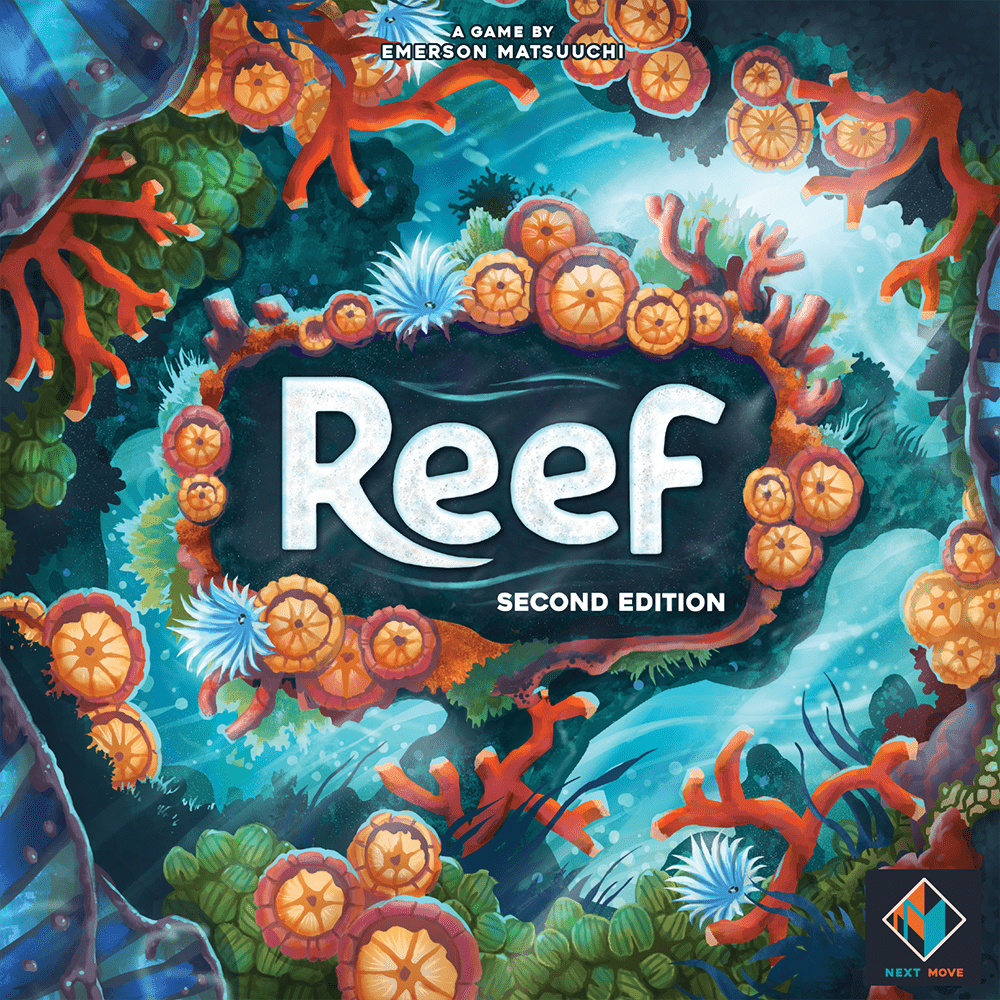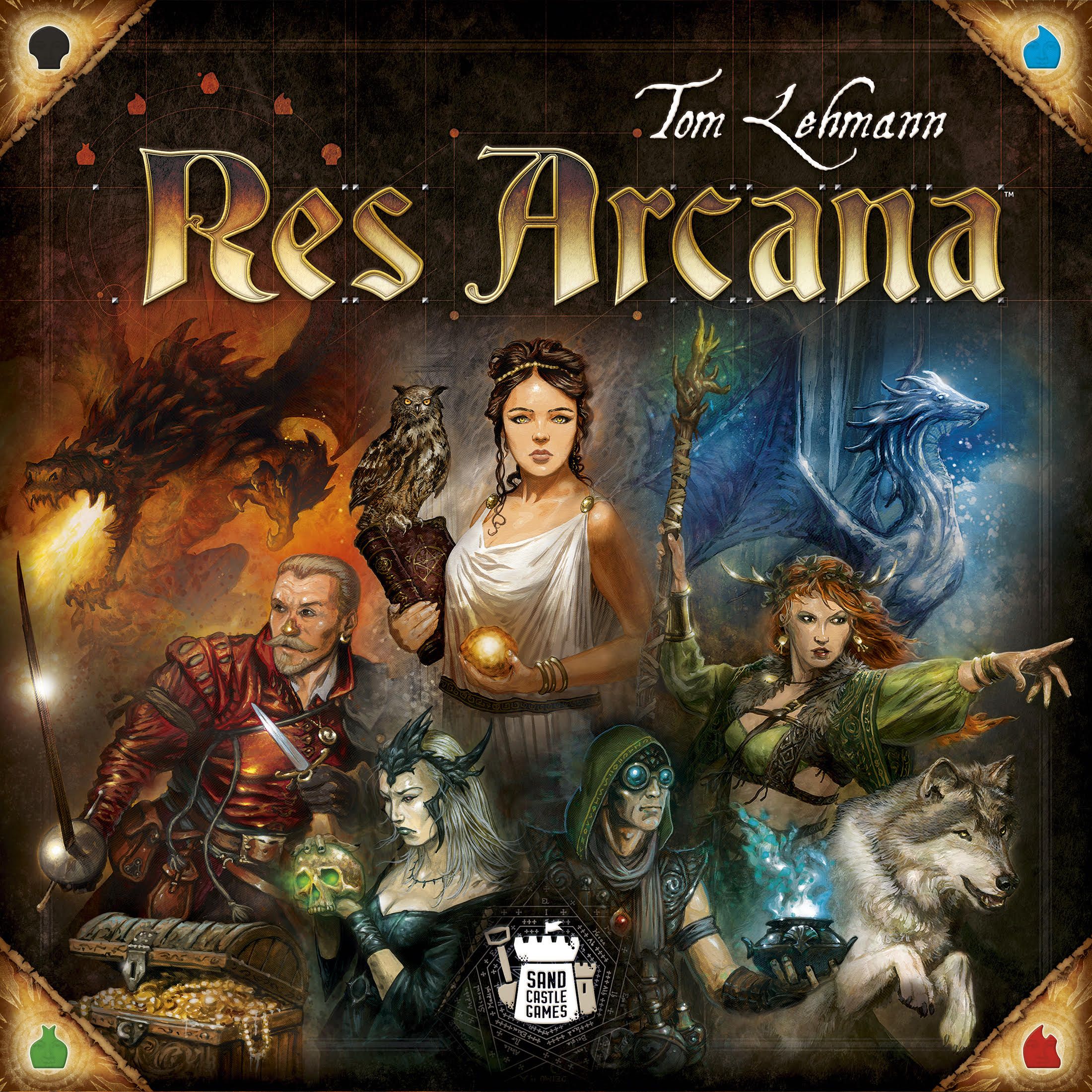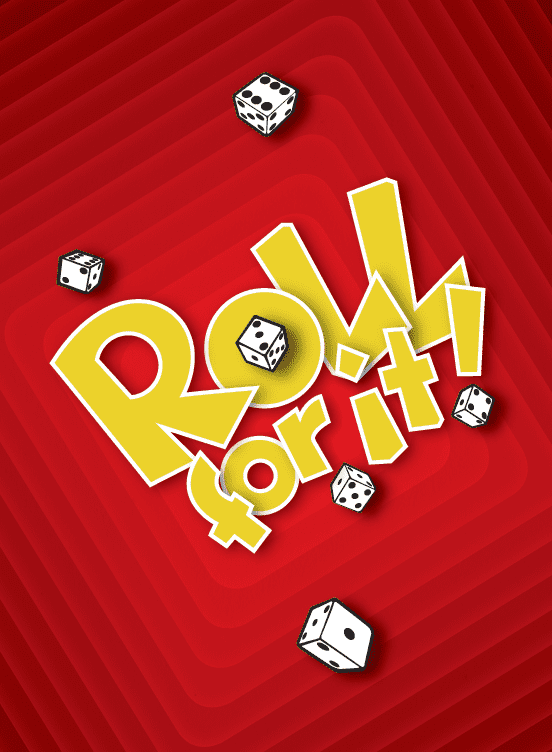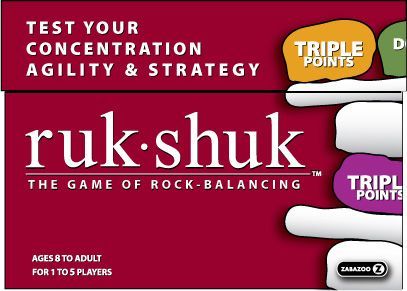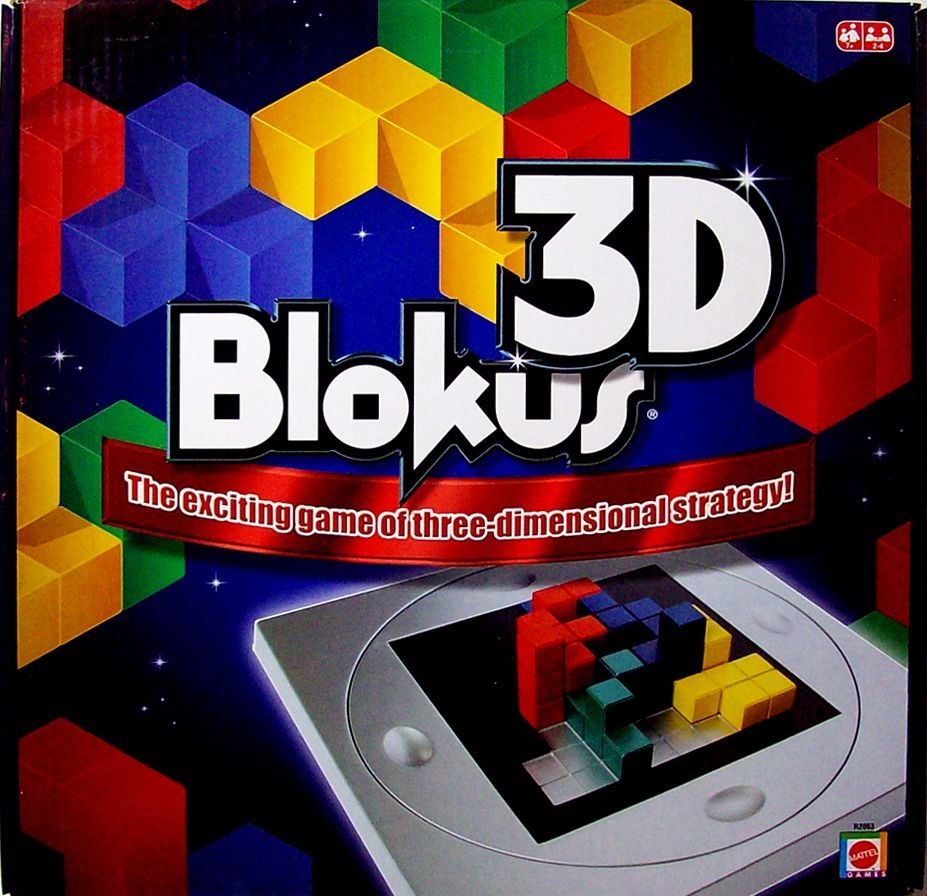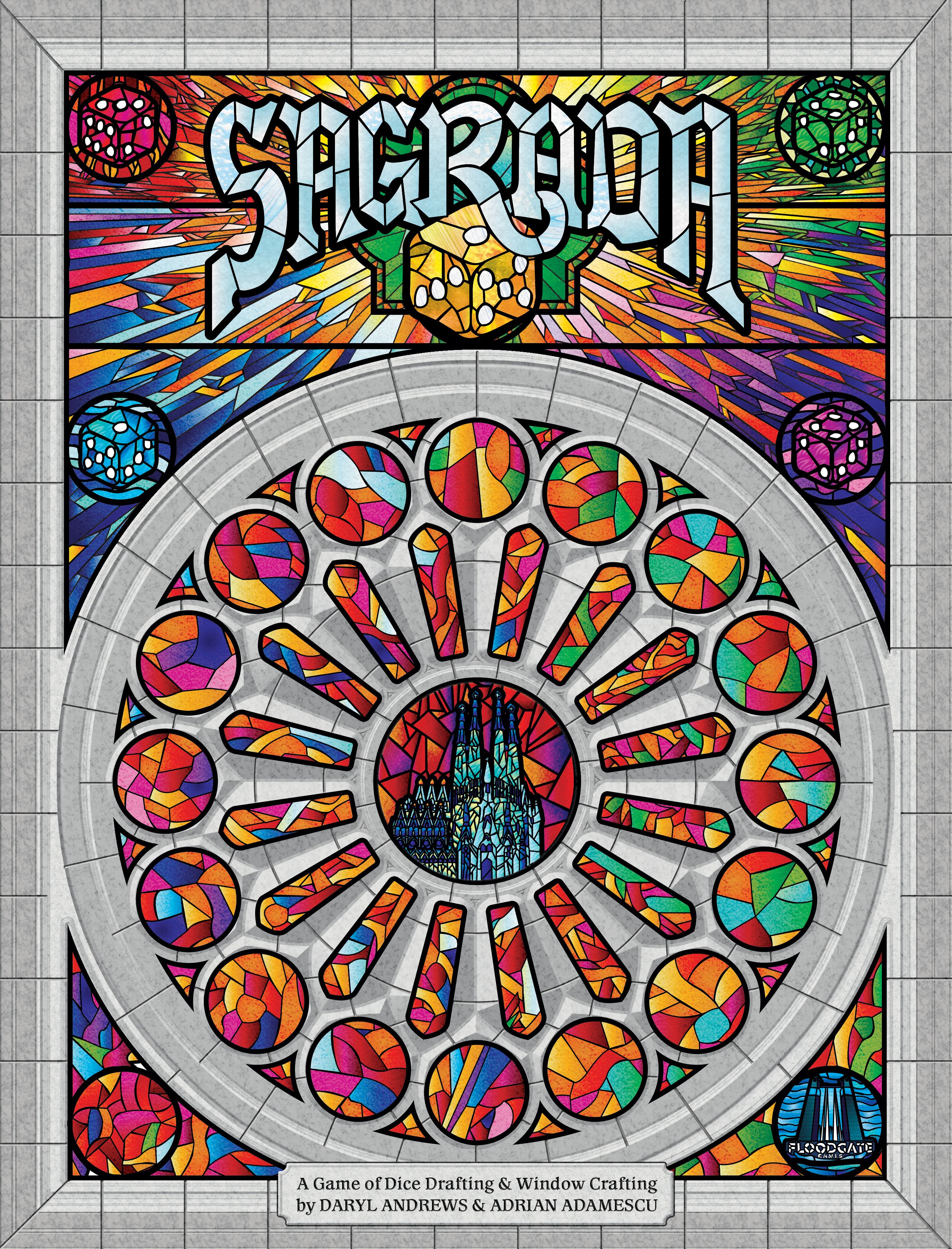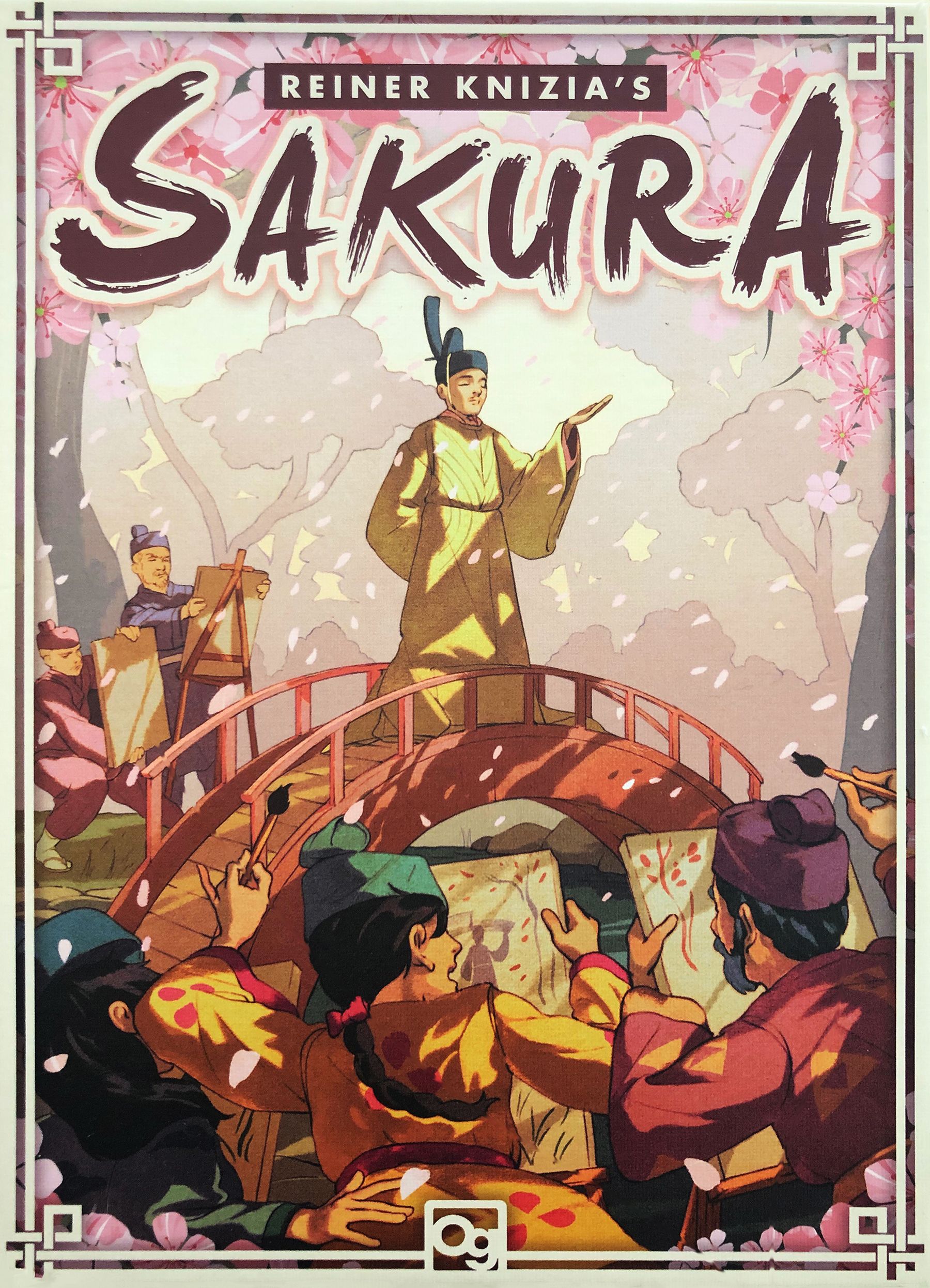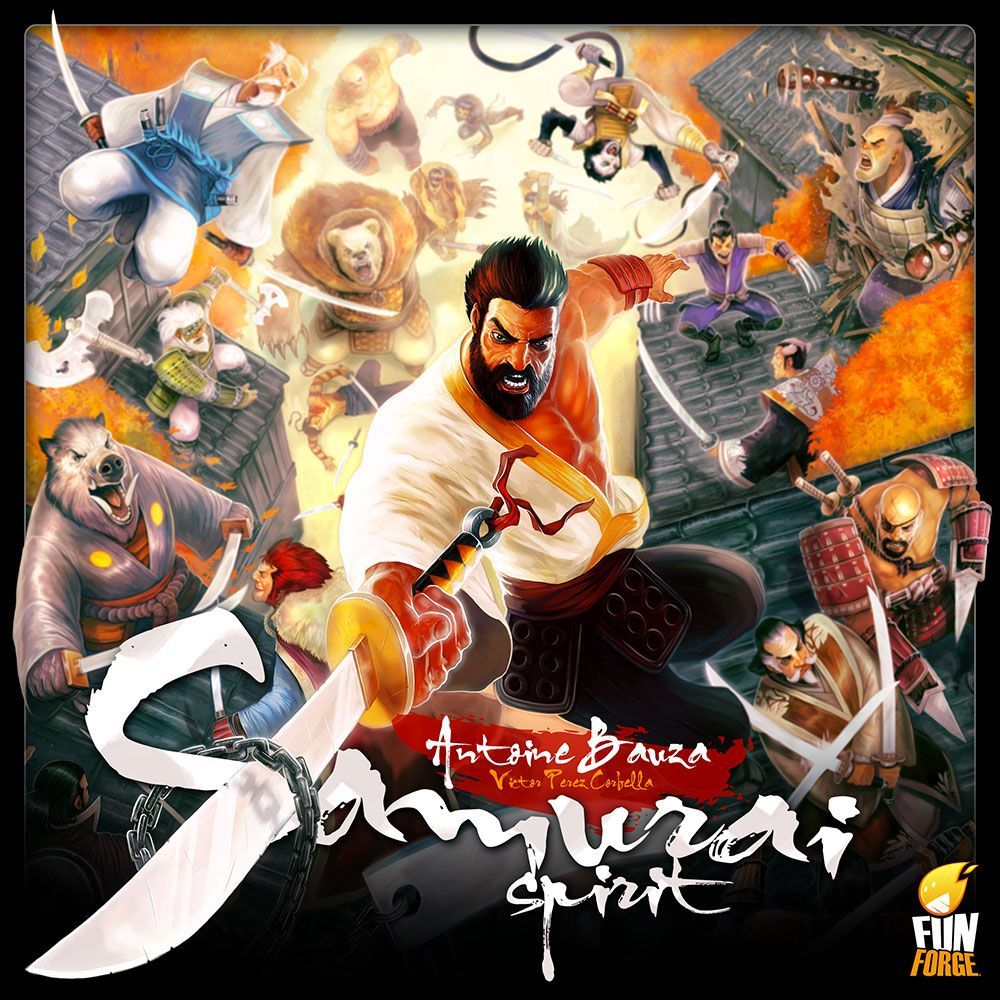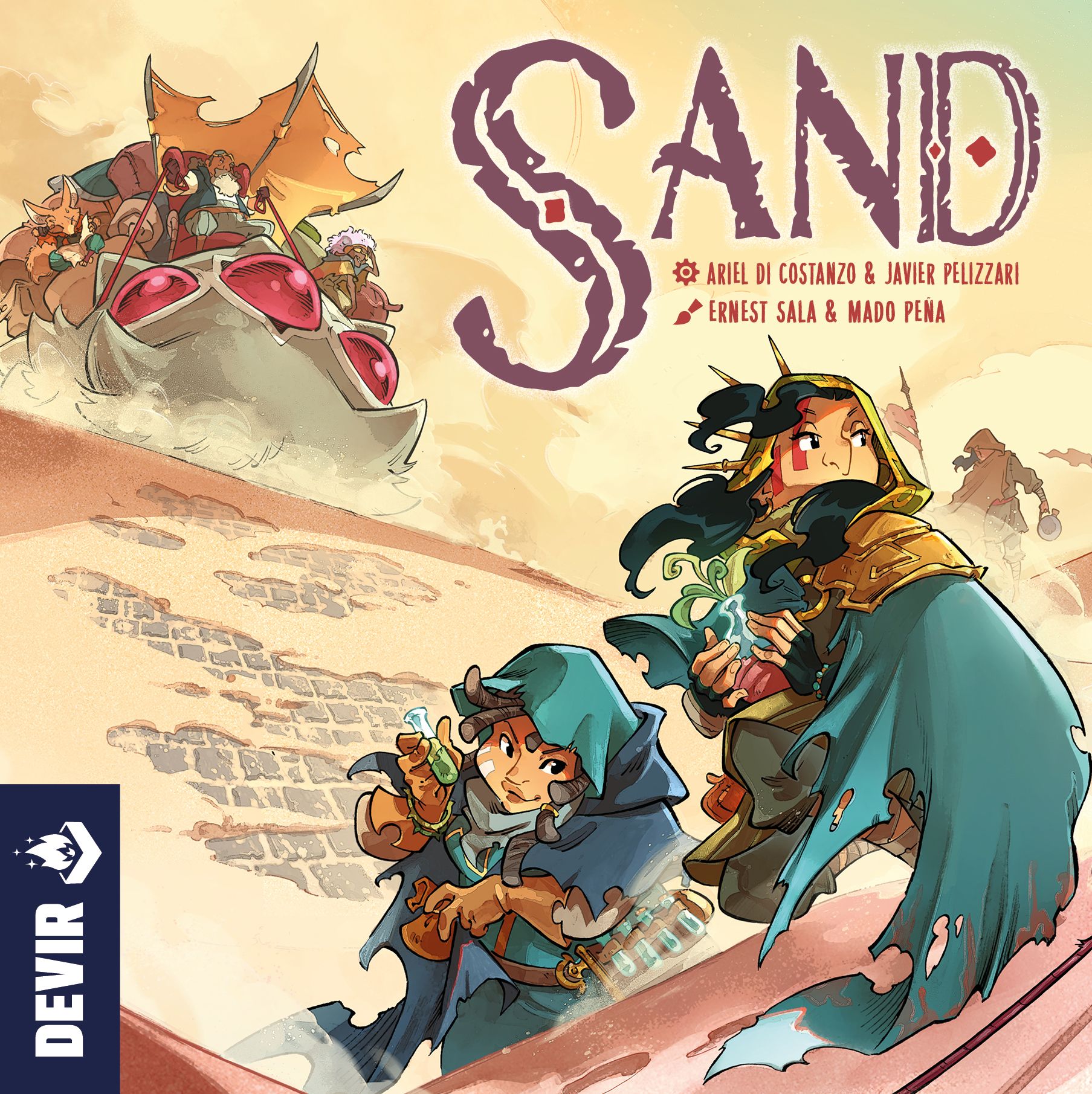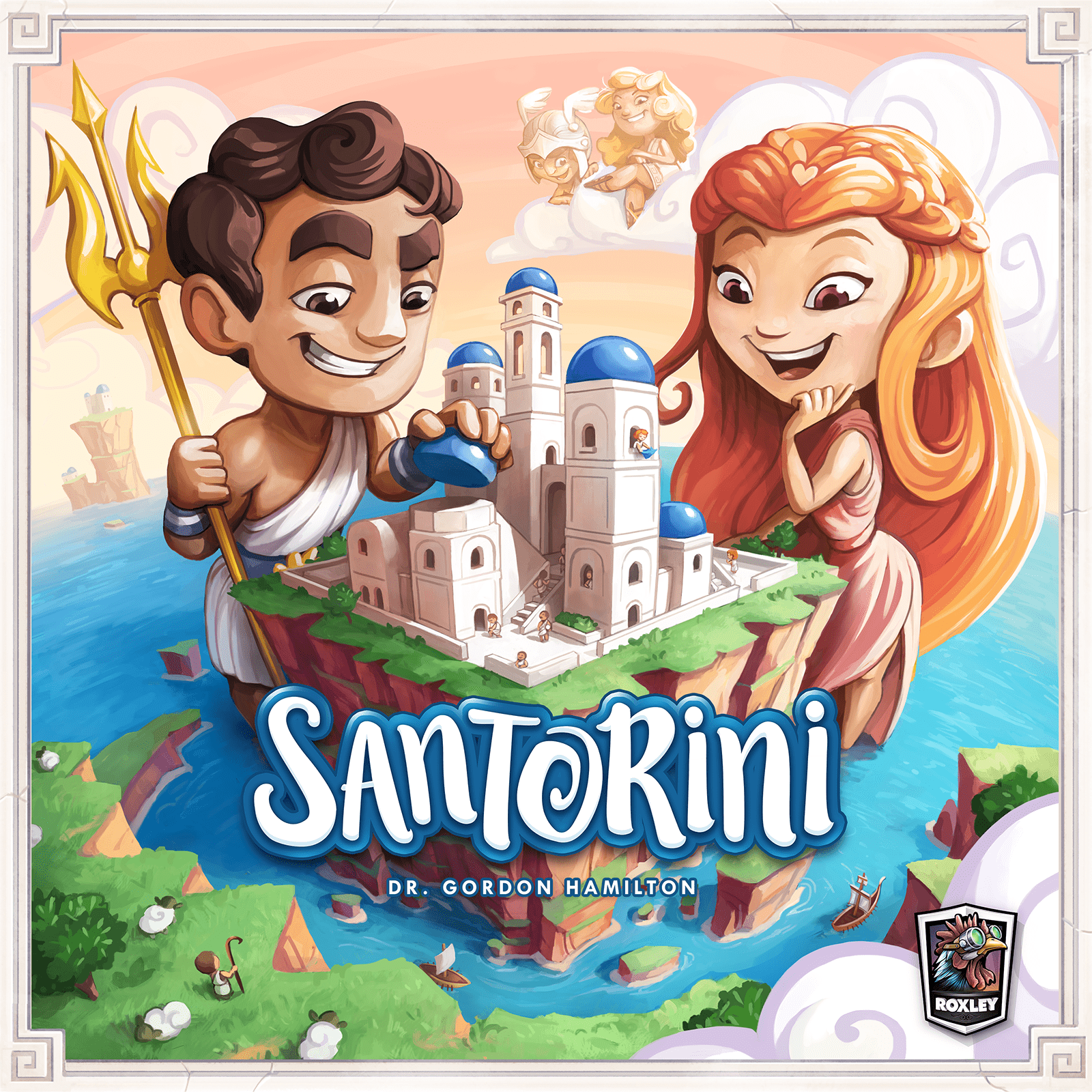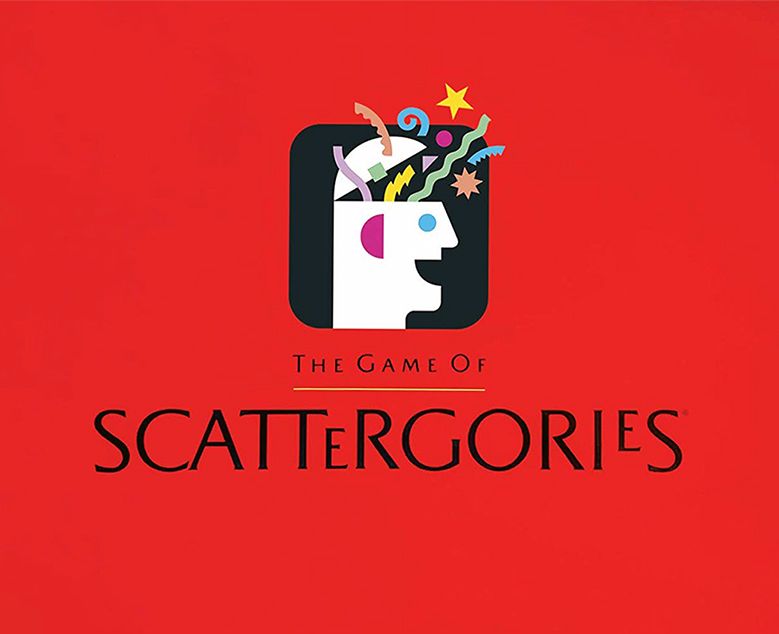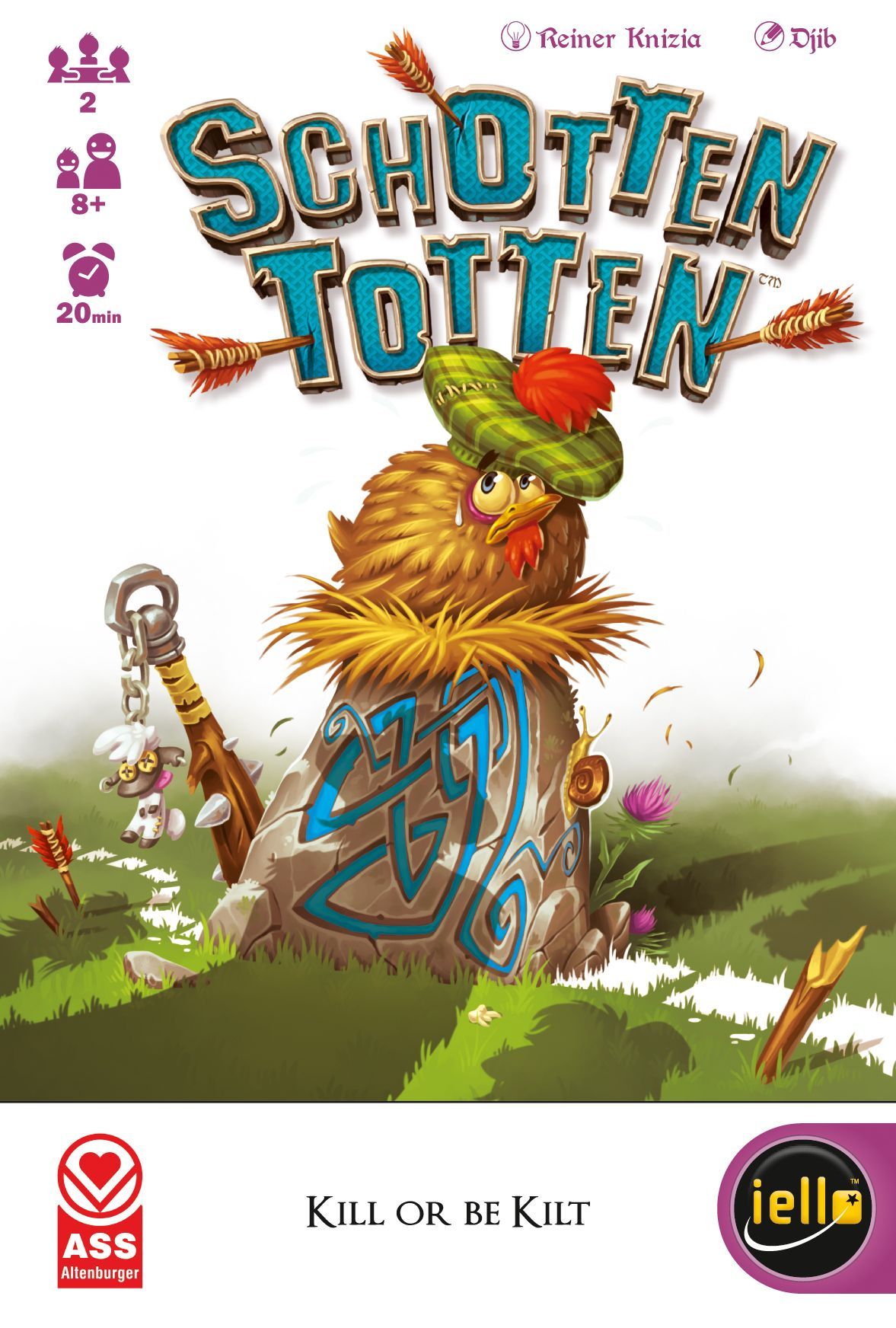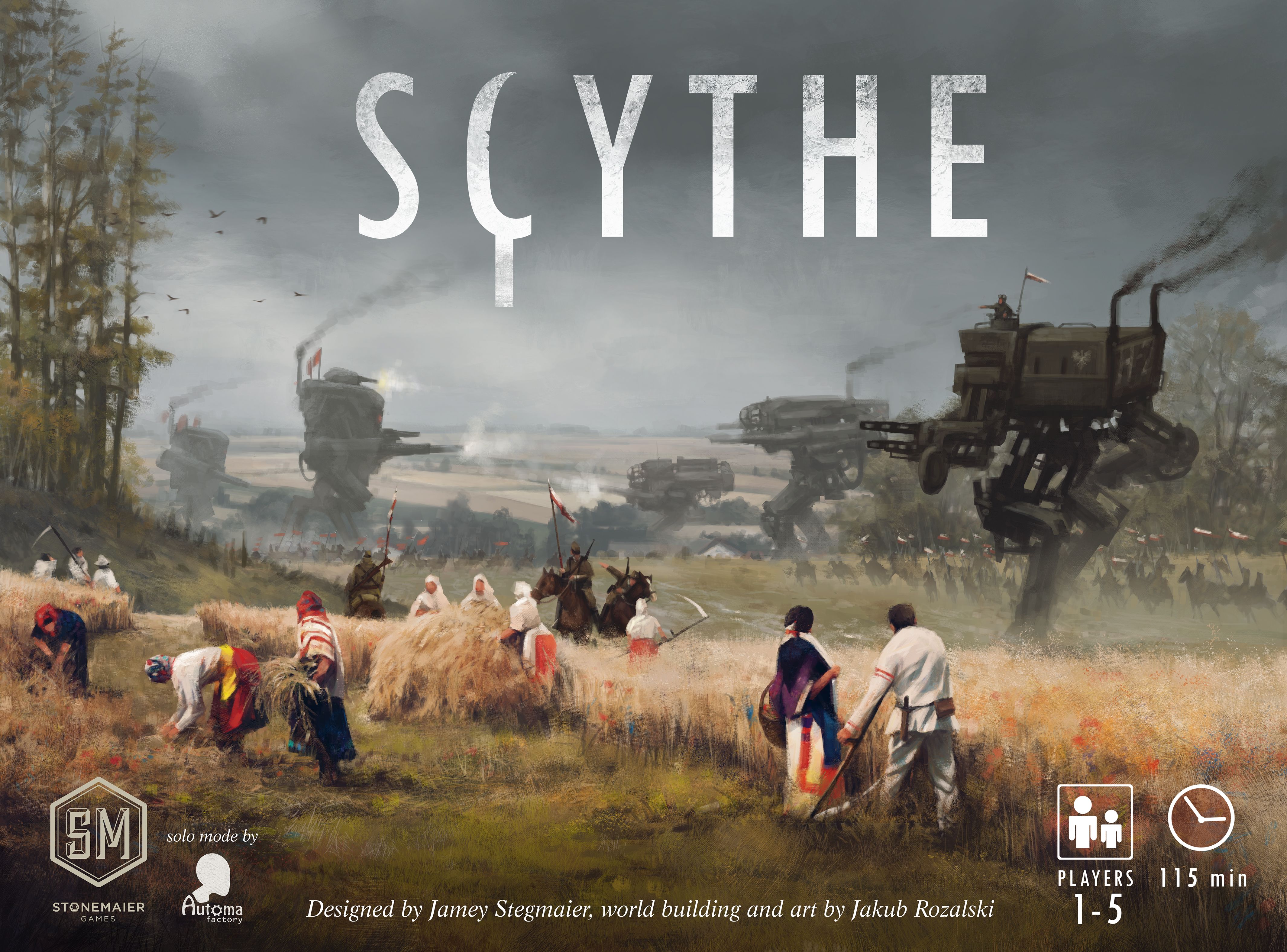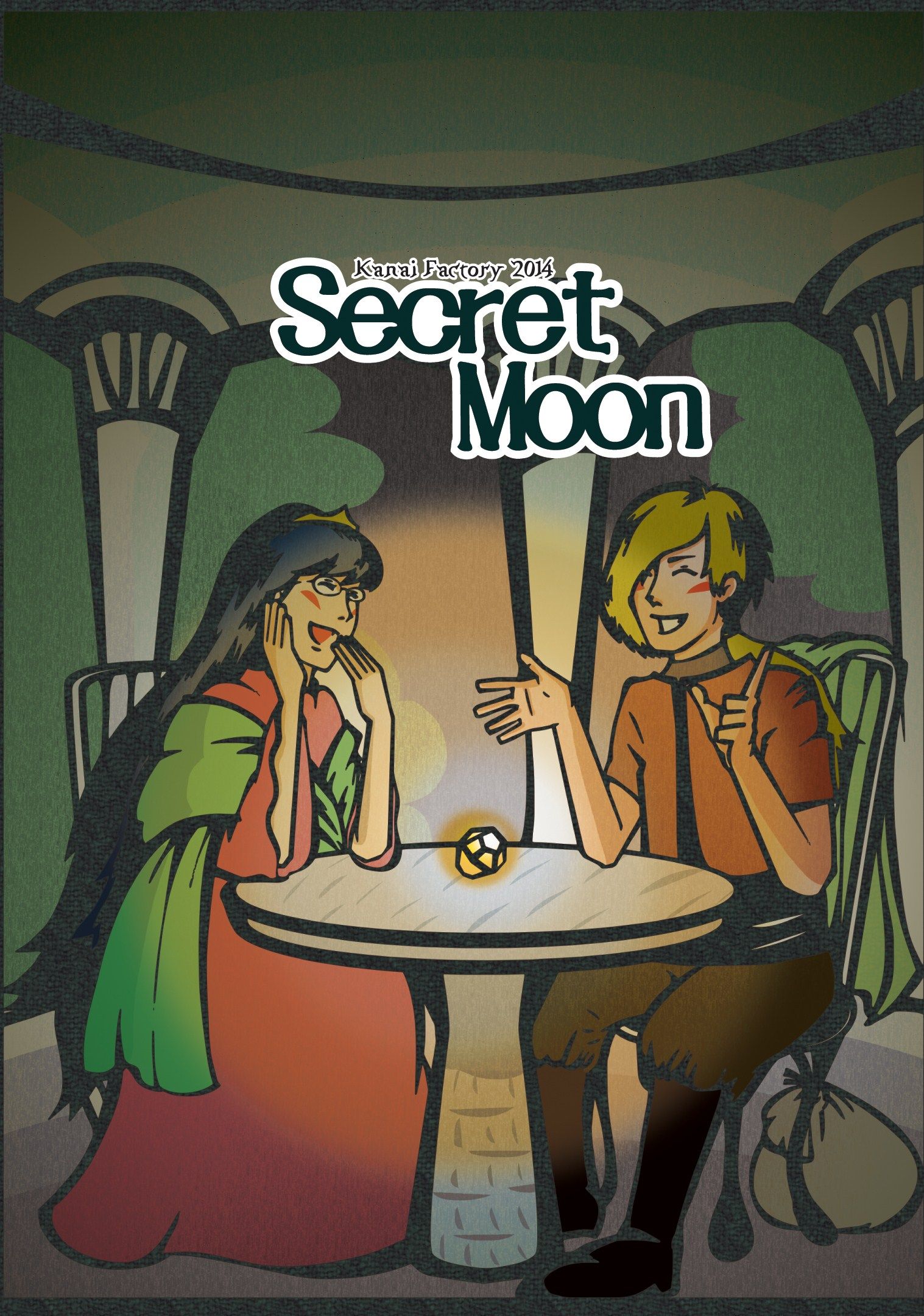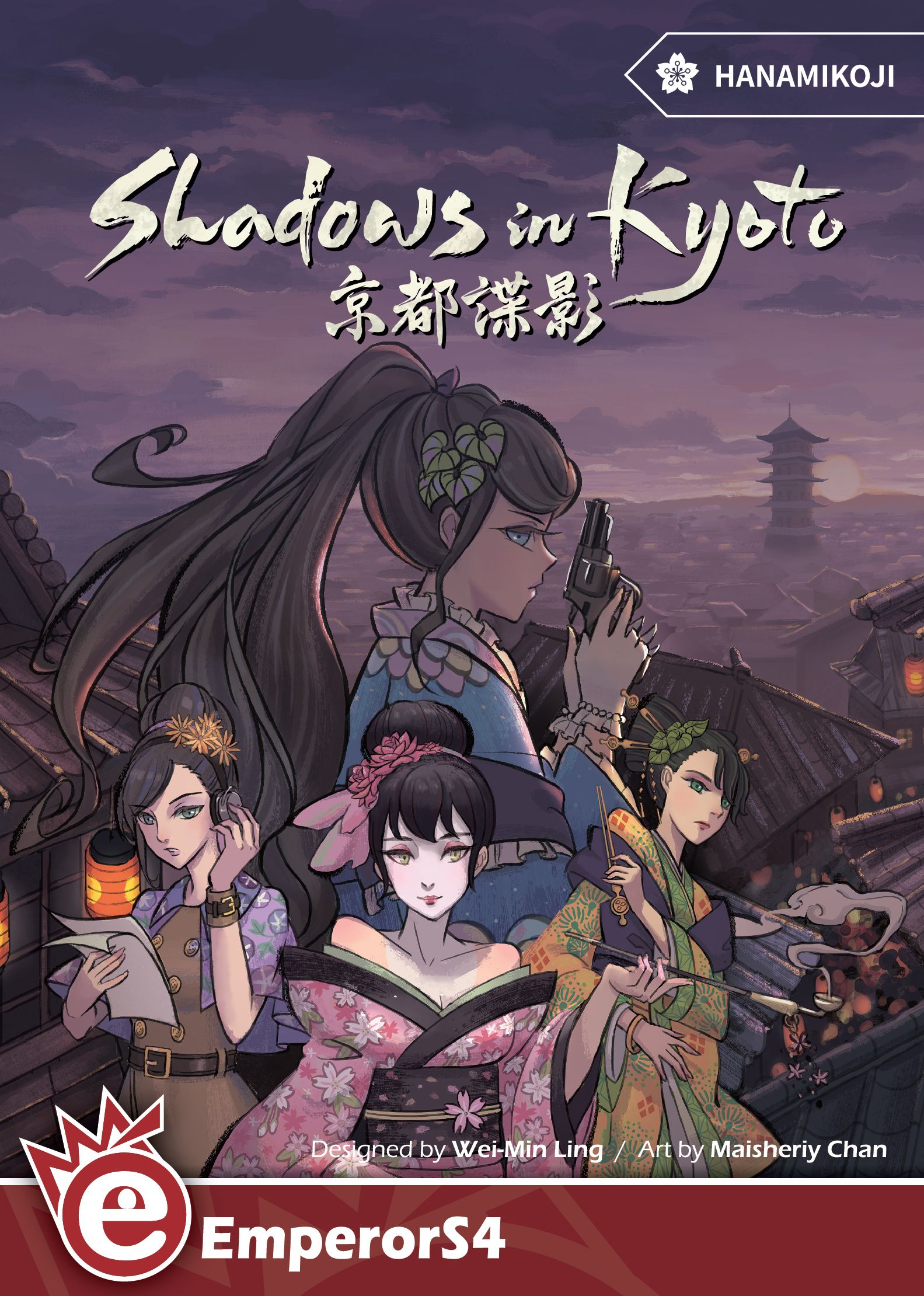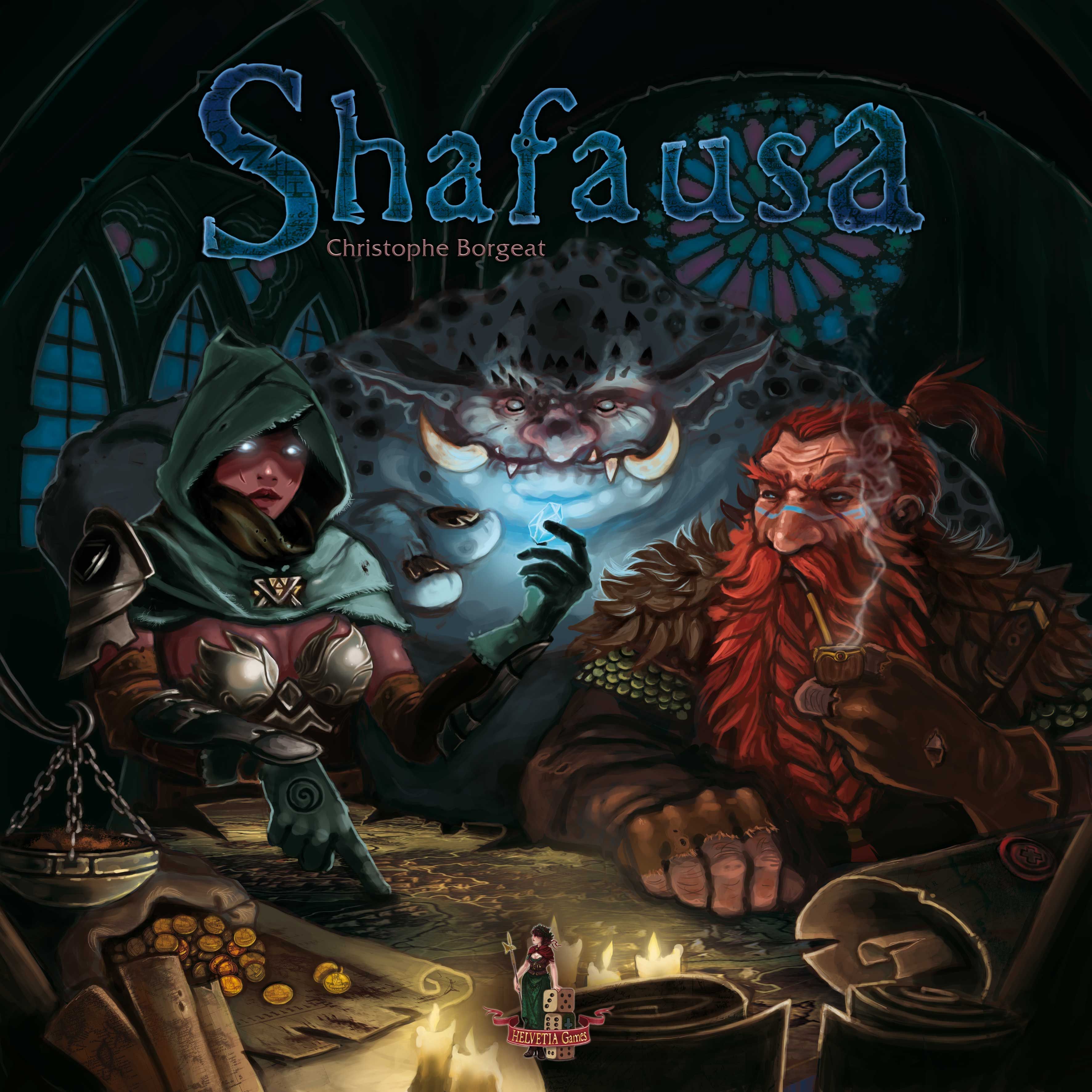Reef [Game] BGG
other title:
リーフ
/
珊瑚物語
…
genre:
Abstract Strategy
/
Animals
platform:
Boardgame
publisher:
Next Move Games
/
Arclight Games
…
In the game Reef, players take on the role of a coral reef, carefully selecting colors and patterns in which to grow and expand. On each turn, players can choose to pick up a new card from a choice of four, or play a card that is already in hand. Each card provides two reef pieces and a pattern that scores points if the existing reef has it (after placing the two new pieces). Whoever has the most points when the reef pieces (or card deck) run out wins!
Reef is an abstract strategy game suited for players aged 8 and up. While it could take thousands of years for a coral reef to grow, a game of Reef should take only 30-45 minutes.
Reef is an abstract strategy game suited for players aged 8 and up. While it could take thousands of years for a coral reef to grow, a game of Reef should take only 30-45 minutes.

